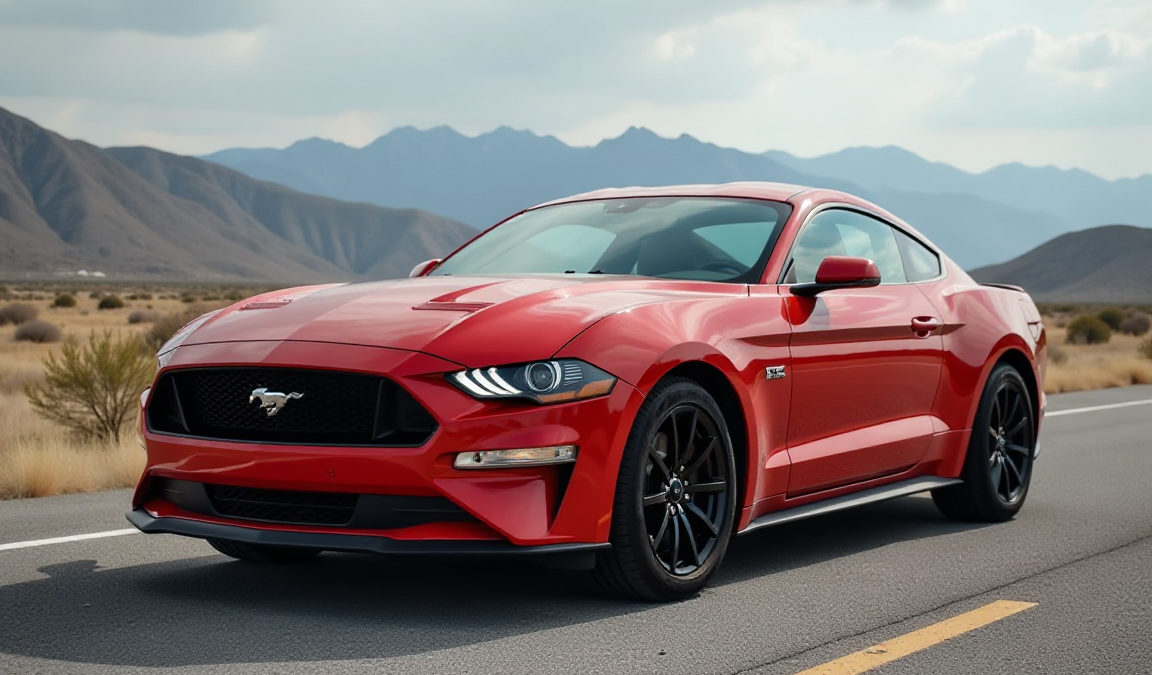Sales numbers of auto major Ford increased by 14% from the previous year in the second quarter. This was significantly higher than 1.4% increase forecasted for industry, the company said.
This strong performance was driven by key segments, including its popular F-Series trucks and a diverse range of “electrified” vehicles.
F Series and electrified vehicles do heavy lifting for Ford
During the second quarter, Ford’s new vehicle sales reached a total of 612,095 units.
A significant contributor to this success was the F-Series truck lineup, which recorded its best second quarter since 2019.
Sales for F-Series trucks climbed 11.5% to 222,459 units, underscoring the continued demand for the brand’s flagship pickups.
Overall, new pickup sales for Ford totaled 288,564 for the quarter.
In the “electrified” vehicle segment, which encompasses both hybrids and pure electric vehicles (EVs), Ford sold 82,886 units in the second quarter, marking a 6.6% increase from 2024.
However, a closer look at this category reveals a divergence in performance: pure EV sales experienced a notable 31.4% drop, while hybrid vehicle sales surged by 23.5%.
Despite the dip in pure EV sales for the quarter, Ford achieved a record for the first half of the year, selling 156,509 EVs and hybrids combined, representing a 14.7% increase over the same period last year.
This indicates a strong overall growth trajectory for Ford’s electrified portfolio, albeit with a clear preference for hybrids in the recent quarter.
Broader industry trends and economic factors
Ford’s impressive second-quarter results stand out against a backdrop of more modest industry growth projections.
Auto industry forecasters Cox Automotive and Edmunds had anticipated new vehicle sales to increase by 1.7% and 2%, respectively, for the second quarter compared to the prior year.
These forecasts were largely based on a strong market performance in April and early May, with expectations for June sales to be softer.
The broader automotive landscape has also been influenced by recent policy changes.
Earlier this year, President Donald Trump implemented 25% tariffs on imported vehicles and many auto parts entering the U.S.
These levies initially pulled forward demand as price-conscious buyers sought to avoid potential future price increases.
However, analysts anticipate that this initial surge in demand may fade as higher prices become more entrenched in the market.
In May, Ford hiked the price of its Mexico-produced vehicles as a response to Trump’s tariffs.
The prices of the Mustang Mach-E electric SUV, the Maverick compact truck, and the Bronco Sport SUV were increased by $2,000.
Despite these economic headwinds and policy shifts, other automakers also reported strong results.
South Korean automakers Kia and Hyundai both announced their best-ever first-half sales figures on Tuesday, with increases of 8% and 10% from a year ago, respectively, indicating a generally robust, albeit complex, market environment.
The post Ford sales jump above industry forecast in Q2, find out more appeared first on Invezz

